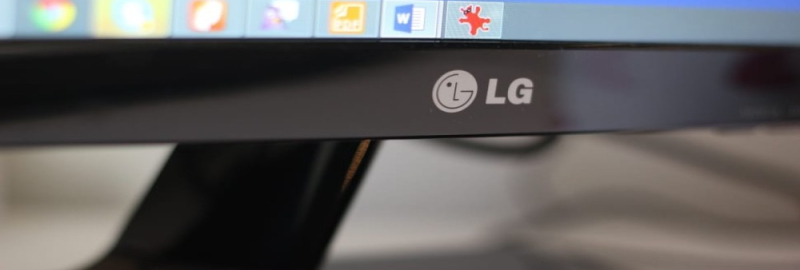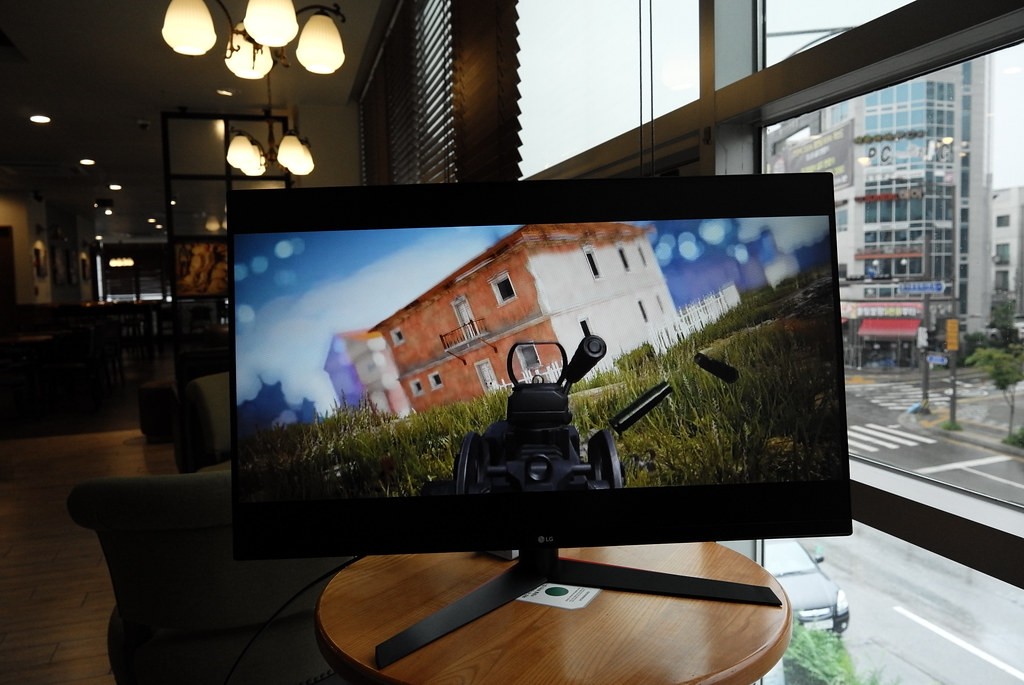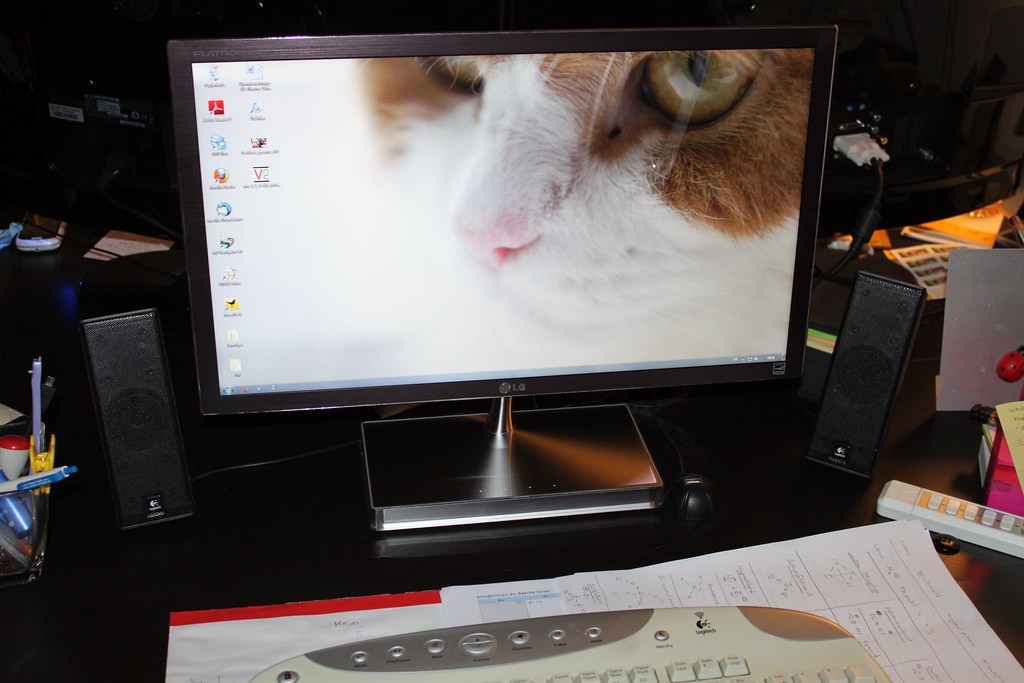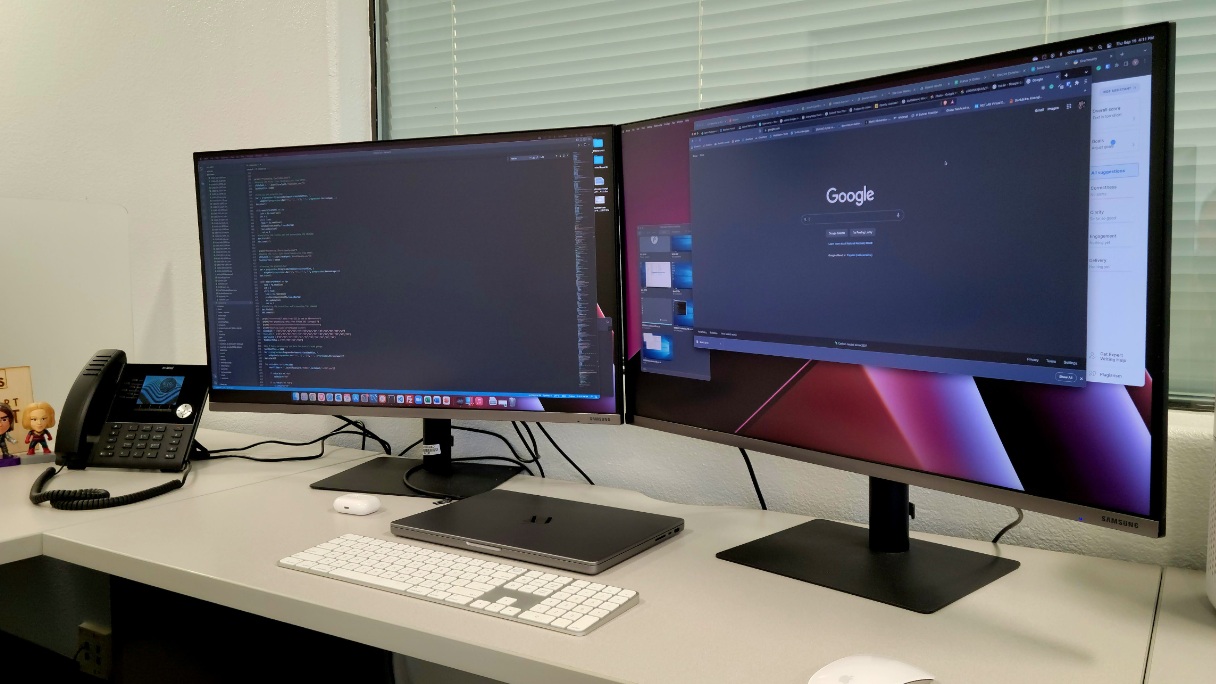
In the ever-evolving realm of gaming, finding the optimal monitor that marries high performance with value is akin to striking gold. After rigorous testing and comparison, we discovered such a gem in the LG 27GL850, a gaming monitor that not only meets but exceeds expectations with its superior color fidelity, rapid response time, and innovative Nano IPS panel. All these features are wrapped up in a package that's surprisingly gentle on the wallet, considering the tech on offer. Here's a deep dive into the myriad aspects that make the LG 27GL850 a paragon in the world of gaming monitors.
The Evolution of Display Technology

When juxtaposed against predecessors that utilized AHVA IPS panels from AU Optronics, the LG 27GL850 stands out with its leap into the future - the Nano IPS panel technology. LG Display, a subsection of the colossal LG corporation, developed this cutting-edge panel to push the boundaries of color accuracy and viewing angles. The methodology involves the integration of nanoparticles with the panel's backlight, serving as a filter that enhances color purity by targeting unwanted light wavelengths. Such an approach allows the LG 27GL850 to boast a color space covering 98 percent of the DCI-P3 spectrum, translating into an exceptional 135 percent coverage of the sRGB color space. This leap not only elevates color-critical work but also gracefully supports HDR content, making the monitor a versatile asset for both gaming and professional use.
Challenges Unaddressed
Despite the innovative Nano IPS technology offering a smorgasbord of color accuracy and wider viewing angles, it does not wholly rectify traditional IPS pitfalls—mainly the lower contrast ratios due to less pronounced blacks and limited peak brightness levels. The LG 27GL850's backlight peaks at 350 nits, falling short of the HDR400 standard, a benchmark it narrowly misses. Nevertheless, in light of the monitor's aim and price point, these are considered acceptable compromises that do not detract significantly from the overall experience.
The Speed Demon: Unraveling the 1ms GtG Mirage

A pivotal attribute that sets the LG 27GL850 apart is its groundbreaking 1ms Gray to Gray (GtG) response time, a stark improvement over the typically slower response times seen in preceding IPS panels. This advancement ensures that fast-paced on-screen action is rendered with clarity, significantly reducing motion blur—a boon for competitive gamers where every millisecond counts. However, it's important to navigate the settings judiciously; the "fast" overdrive setting strikes a balance between performance and visual fidelity, mitigating the risk of overshooting and other artifacts.
Adapting to the Times: G-Sync Compatibility
Originally announced with a physical G-Sync module, the LG 27GL850 underwent a transformation, forgoing the dedicated hardware in lieu of a software solution. This strategic pivot not only made the monitor more accessible price-wise by shaving off an estimated $100/£100 but also extended its compatibility to a broader hardware spectrum, earning it the G-Sync Compatible certification from Nvidia. This change means that despite a slight restriction in variable refresh rate operations at low frequencies and the absence of a 165Hz overclocking feature, the monitor retains fluid gameplay dynamics across both Nvidia and AMD platforms, a testament to its versatile performance credentials.
Design and Ergonomics: Subtle Yet Impactful

The LG 27GL850 champions a modern aesthetic with its ultra-slim bezels, seamlessly integrating into any setup and facilitating an immersive multi-monitor configuration. This elegant design is complemented by a user-friendly stand, offering a plethora of adjustments without the need for tools—perfect for gamers on the move. The monitor’s design extends to its user interface, equipped with an intuitive joystick for easy navigation and a range of settings to cater to various gaming genres, thereby enhancing the user experience.
Conclusion: The Cost of Excellence
With a price tag of around $449/£399, the LG 27GL850 isn't positioned as a budget option. Yet, when contrasted with its closest competitors, which often command higher prices for comparable or lesser capabilities, its value proposition becomes clear. It outshines older models with superior color accuracy and response times while sidestepping the need for costlier G-Sync hardware, making the investment significantly more justifiable. Considering all factors, recommending the LG 27GL850 was not merely a choice; it was the only logical conclusion for gamers seeking to elevate their visual experience without breaking the bank.
